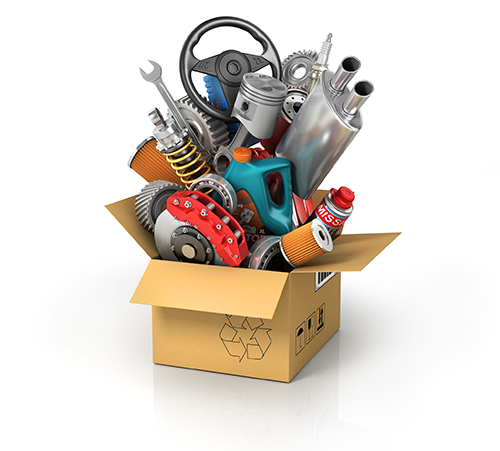
Are you for real?
Broadly, there are three categories of vehicle parts – genuine, aftermarket, and counterfeit.
Let’s start with the no-go zone first.
Disreputable companies make counterfeit parts look like genuine, or aftermarket parts. They usually sell them online, and at ‘unbelievable’ prices.
Dodgy operators make counterfeit parts to deceive. So, it's difficult to tell the difference from the real thing. They usually look pretty good and come in branded packaging, often stating ‘genuine part’.
Buy vehicle parts only from trusted sources. Usually that means from the manufacturer, a well-known retailer, or your mechanic.
Putting a part on your vehicle that isn’t fit-for-purpose can be dangerous and may void your warranty. Don’t do it.
Reputable companies openly make aftermarket parts to compete with ‘genuine parts’.
They are usually fit-for-purpose, can meet or even improve upon a manufacturers’ item, and – if purchased through a trusted retailer – should meet Australian standards.
They can be an excellent alternative and should be cheaper than ‘genuine parts’.
Vehicle manufacturers endorse ‘genuine parts’. But they almost certainly will not manufacture them – neither Ford or Ferrari actually make door handles, wing mirrors, or wheels.
So, why are they genuine?
Manufacturers incorporate genuine parts into their vehicle engineering packages from new. They test and validate parts to work with complete systems, not simply in isolation.
Selling counterfeit parts is illegal and, in some cases, could have deadly consequences.
Customers are often willing to pay more for genuine parts – whether new or recycled – if their supplier explains the case. Safety is paramount. So, if in doubt, it’s best to use genuine parts.
Words: VACC CEO, Geoff Gwilym. As featured in the Herald Sun 11 June 2021.
Share your thoughts! E: ceo@vacc.com.au